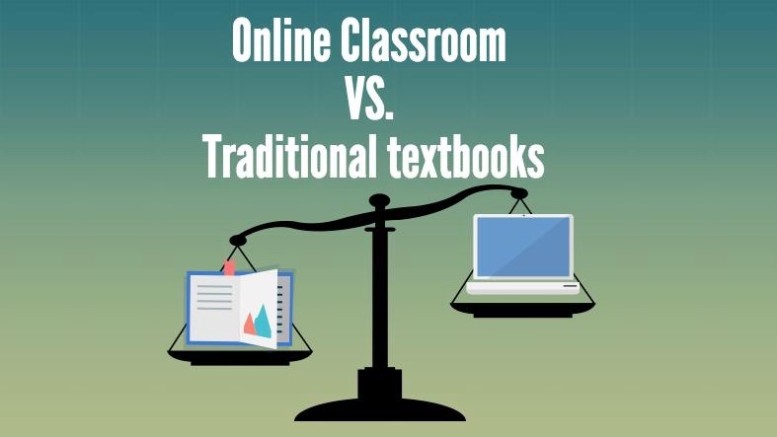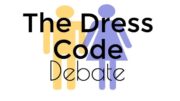As the years progress technology is playing a larger role in our daily lives. Schools support this trend by integrating technology into classroom settings and lessons. With this arises the question of how effective is the online classroom?
Westhill administrators piloted a new program involving Google Classroom with this year’s freshman class. Each freshman was assigned a Google Chrome book that was to be used in school only. The biggest concern looming over administration is whether or not all student will have access to a device capable of opening Google Classroom once their school administered device must be returned. Westhill’s 9th grade administrator, Mr. Dunlap, reassured me that district technology survey showed that very few students did not have some sort of device to access programs on. For the small percentage that is without Mr. Dunlap clarified, “It is definitely a concern, but one that will hopefully be addressed in the future, possibly by having a device-leasing program.”
As for the current progress of Google Classroom, Mr. Dunlap shared, “It expands the classroom beyond the traditional walls of the school, allowing students to engage in learning beyond 7:25am-2:05pm. Most importantly, it introduces students to the tools, methods, and skills necessary to do well in post secondary education”. This year was a test run for Google Classroom and it seems to be passing! The programs success is partly due to an organization called EdTechTeacher, which provided educators with extensive training in integrating technology into a classroom setting.
Mr. Otterspoor explained how online classrooms may be new to Westhill but the concept behind it is not: “I advocate for it because it is a step in the correct direction in using technology. The functionality is still the same. I make a copy, I send it out, students turn it in. What is does allow is for students to be synchronized with one another regardless of whether they are in period 7 or period 1”. Programs like Google Classroom conveniently leave students the option to work on the same document at the same time.
Although Westhill’s faculty has been responding well to up and coming online classrooms, students have mixed emotions. Senior Emily Mayo argues the online classrooms force students to be “tech savvy”, when it has been proven that more information is retained through manually writing versus typing. Mayo reasons, “I know I learn a lot better in a setting where my teachers are lecturing and I’m taking notes rather than following along an online powerpoint”. A solution to Mayo’s concern is to simulate manual writing with a stylus.
In contrast, other students, like senior Jarrod Trief, couldn’t be happier as he admits, “My backpack has never been so light! Instead of using hundreds of pieces of paper, online classrooms allow resources to be available all in one spot”. While Trief’s joy is understandable, some programs gained more popularity than others.
Senior Ariana Venneri is very fond of schoology, which she describes as, “Extremely organized and formatted similarly to Facebook.” Venneri goes on to say, “This is why students are so comfortable with Schoology compared to programs like Edmodo, where just having to find a homework assignment can feel like an entirely other assignment”. Hopefully this pilot year will put classes in unison and agreement upon one effective program.
The online classroom is useful for students who are always on the go. Personally, I am invested in a number of commitments outside of school so carrying my backpack around is not ideal. Having access to an online classroom through an app on my phone can only be described as convenient! Traditional handouts cannot compete. If I lose a copy there is always a new one ready to be printed online. In some cases students can even work on the sheet through the program and submit without ever having to face the risk of losing it to the “vacuum” we call our backpacks.





